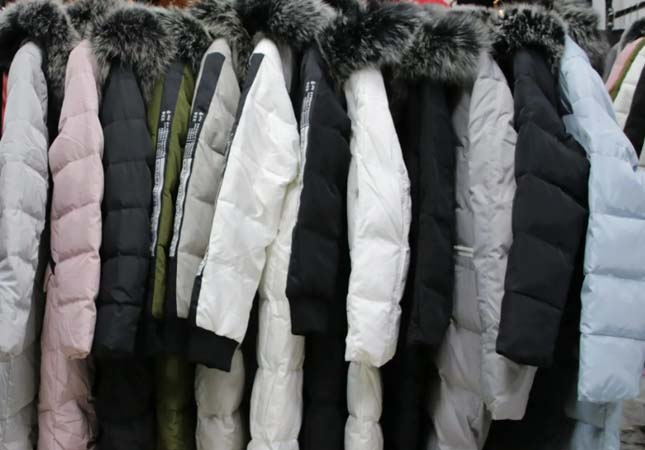Garment commonly refers to clothing that includes clothes, shoes, decorations. The definition of the word “garment” in the national standard is sewn, that is, the material fabrics are woven by loom and processed by a cloth cutting machine, then sewn into clothes, which protect and decorate our bodies and have become an essential part of our daily life in modern times. Thus, how to maintain different kinds of clothes in excellent condition also raises its importance today.
Methods of Storing Different Types of Clothing
1. Cotton & Linen Clothing
When maintaining cotton and linen clothing, the clothes must be washed, dried and folded flat then must be put into clean and dry wardrobe, cupboard boxes or in polythene bags, to prevent mould. It is best to separate white clothes from dark colored clothing to prevent staining or yellowing. Cotton and linen are composed of cellulose macromolecules, which have superior hygroscopic. Therefore preventing mildew is the main purpose of storing, that is, preventing mold microorganisms reproduction. We need to keep the fabric clean and dry, and have frequent inspections in the rainy season, such as summer.
2. Silk Clothing
Careful wearing is the foundation of well-maintained. Most silk has a great strength with the sericin coating for protecting silk, so it has better wear resistance. But we still need to avoid contacting with rough and burr materials because silk and fibers are typically overly thin. It is also forbidden to sleep on rough objects such as mats, rattan chairs, wooden boards, when wearing silk clothing so as to avoid unnecessary damage. Alkali and salt are both destructive to silk, so when wearing silk clothes in summer, we need to be careful to avoid touching alkali-containing substances and keep frequent washing to maintain the surface cleaning because the salt in human sweat can make yellow or red dots on some light-colored silk summer clothes.
1. Woolen Clothing
All kinds of woolen clothing need to be dried and beaten to remove dust after being worn for a long time. And we need to store them in a dry place if we don’t wear them. Normally, it should be in a hung state when being stored with turning fabric inside out to prevent fading and weathering and windmarks. It is best to wash, iron, sun-dried, ventilated ironed and air-dried for 24 hours before storing. As for some top-grade woolen clothing, hanging them in a wardrobe without stacking to prevent deforming is the best storing way.
2. Chemical Fiber Clothing
Rayon clothing should be laid flat to avoid elongation if hanging it for a prolonged time. We can put several mothballs or insect repellant without touching them when storing blended fabrics containing natural fibers. But this method will not work for polyester, nylon and other synthetic fibers storing because the naphthol in mothballs will cause damage to this type of clothing and fabrics. Chemical fiber clothing normally has poor wear resistance and is easy to fluff and deform so that need a necessary awareness of no-rubbing and twisting when wearing or washing should be carried.

3. Down Clothing
Alkaline substances, stirring with the washing machine or rubbing with hands, twisting and baking on open fire are all forbidden when washing down jackets. Also, it is forbidden to contact with strong acids and alkalis. When wearing down clothing, we need to be careful about preventing holes that are generated by hooking and friction. Specifically, moisture-proof and frequent sun exposure are the 2 main works of storing down clothing, which refers to drying the down clothes in the sun every 3-5 days with gently tapping by a wooden stick to remove moisture and soften and prolong the service life.




